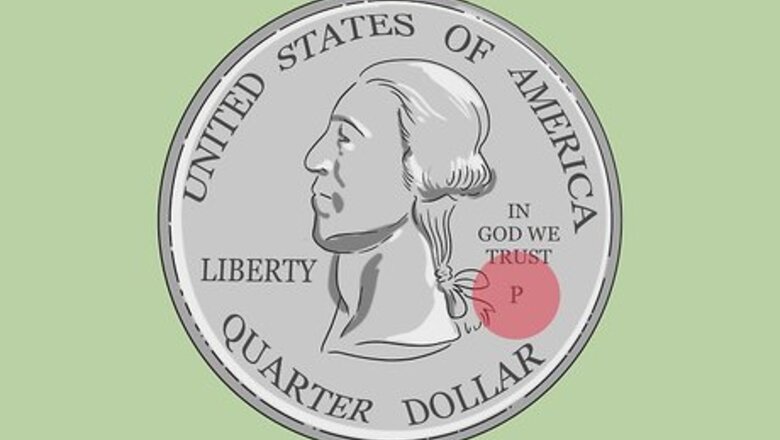
views
Finding the Value
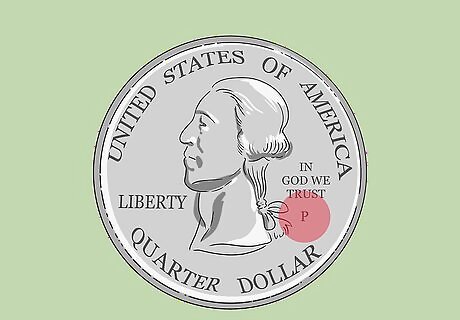
Find the date, denomination, and mint mark on your coin. The date and denomination (face value) of the coin are pretty easy to find at a glance. A mint mark is a small letter on a coin, which identifies where the coin was minted, though not all coins have one. The mint mark is pretty inconspicuous, so if you’re having trouble finding it, you might want to ask a coin dealer for help. Coins made in the US from 1965-1967 don’t have mint marks. For example, coins made in Philadelphia will often have a “P,” while coins minted in Mexico under the Spanish will have an “M.” Avoid touching your coins to keep the value high. If your coin isn’t in a holder, only hold it by the edges to avoid getting your finger oils on it. Use white gloves or coin tweezers when working with the coin. It’s best to keep your coins in a plastic coin holder to keep them safe.
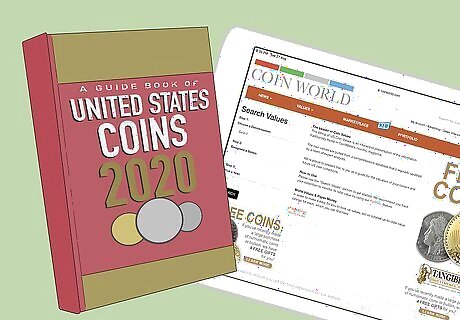
Look at coin-valuing guides in books or online to start. For example, if you live in the US, the “Guide Book of United States Coins”, commonly called the “Red Book,” is a great option. There are also plenty of websites where you look up the type of coin you have and compare it with pictures on the website to get a preliminary evaluation of the coin. When you’re selling your coin, you might not be able to get quite as much as the price in the book, because dealers take a cut. Try Coin World’s value charts as a start: https://www.coinworld.com/coinvalues If you have a US coin, consult the book, “Official ANA Grading Standards for United States Coins, and if you have a non-US coin, consult a catalog such as the ”Standard Catalog of World Coins.":
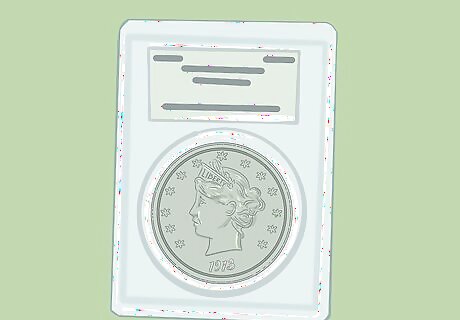
Authenticate coins with a coin grading company if you suspect it’s valuable. Since there unfortunately are a lot of counterfeit rare coins floating around out there, many buyers will only buy a rare coin that has been authenticated. The coin grading company will evaluate your coin, grade it, and then put it into a “slab,” which is a plastic holder. The more the coin is worn flat, scratched, and faded, the less the coin will be worth. The highest value coins, known as “perfect uncirculated,” are rare coins that show no signs of wear or scratches, and are extremely rare.
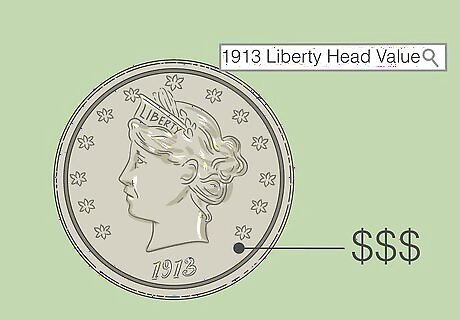
Find the bullion value if it's a precious metal. The bullion value, also called intrinsic value, is the current market value of the metal in a coin. Silver, gold, and platinum coins are worth their bullion value plus their “numismatic” value, or how much coin collectors want them. Check the spot price of gold or silver on a finance site, because the price fluctuates with the market.
Getting Buyers
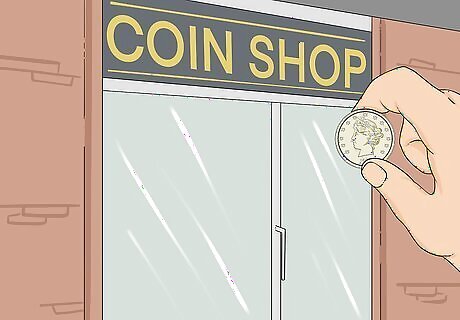
Get offers from coin dealers at local coin shops. You should expect to receive an offer that’s lower than the value of the coin by about 20-40%, since dealers need to make a profit when they re-sell the coin.Get offers from 2 or more coin dealers to make sure you’re getting the best deal. Make sure the dealer works with similar coins to the ones you have. For example, if you have a rare kind of penny, but they only deal in silver coins, it won’t be a good match. Make sure the coin dealer is associated with a reputable organization, such as the Professional Numismatists Guild, the American Numismatic Association, or the Professional Coin Grading Service. Check with the Better Business Bureau to see if the coin dealer has complaints.
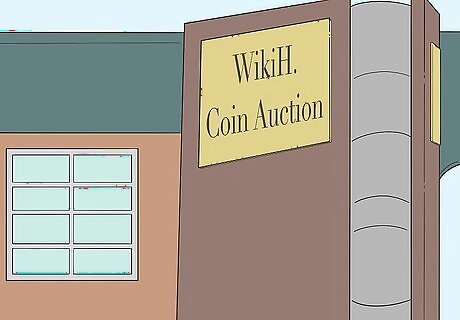
Sell at an auction house if you’re selling a large collection. Auction houses will sell your collection to the highest bidders, so you don’t have to go to the trouble of comparing individual offers. Keep in mind that auction houses often charge fees as well commissions, which are about 20%. Find auction houses by searching “coin auction house” and the name of your city or town and check reviews to ensure they are a reputable establishment. Since auctions take longer than just selling your coin to a coin dealer, only use auctions if you don’t immediately need the money from selling your coins.
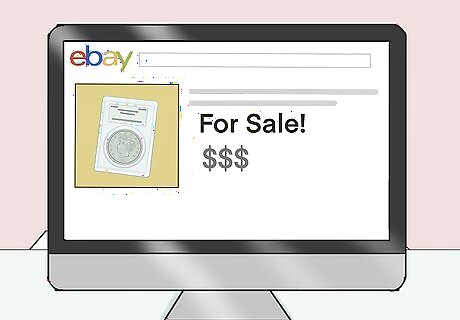
Sell your coins through an online auction. Online auctions generally take a cut of the transaction, so take this into account when deciding whether the price offered is worth it. You can try selling your coins on eBay, or on a specific coin-auction site. When selling online, make sure you have quality photographs of your coins so that people can judge the value well.
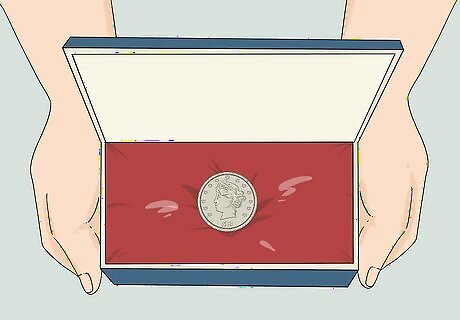
Go to a coin show to learn more and potentially sell your coins. Coin shows often appear in major cities and bring together thousands of coin-enthusiasts. Coin shows are a great place to meet coin dealers and learn more about the value of your coin. Many cities host coin shows only a few times a year, so you may have to wait a while to attend one. Don’t feel pressured to sell to the first person you meet at a coin show, though.




















Comments
0 comment